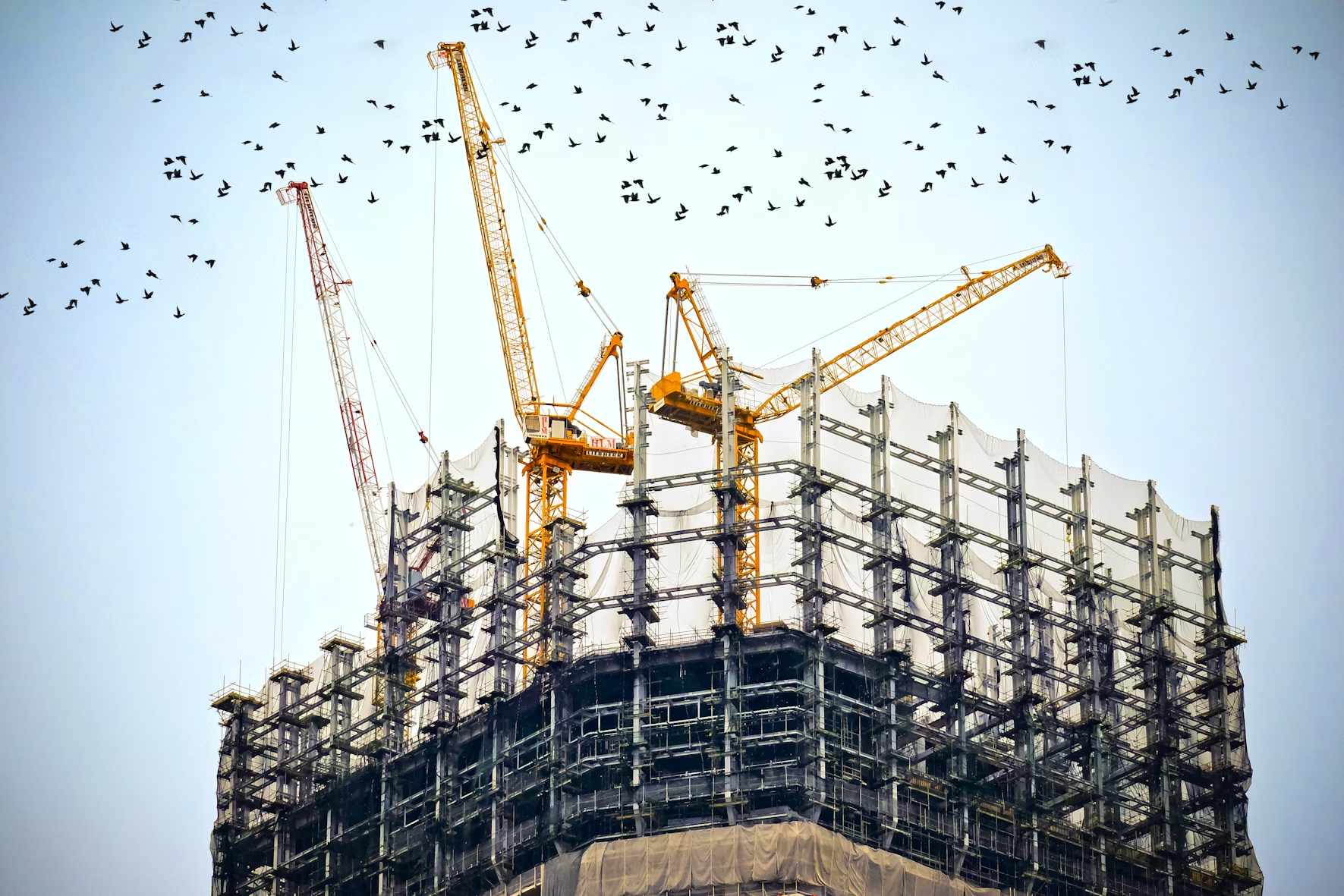SHARE
RELATED SERVICES

BREEAM New Construction Version 7 has arrived.
Revised to raise the bar for sustainable development and align with the EU Taxonomy, key updates focus on decarbonisation, biodiversity and material selection. The result is a framework that reflects today’s sustainability goals but also builds in adaptability for future challenges.
So what does V7 mean in practice?
More rigorous ratings
One thing is clear: Version 7 will impact the level of certification developments are targeting. Minimum standards for BREEAM Excellent and Outstanding ratings are more rigorous.
Rating boundaries have been adjusted to ensure consistent gaps between them, bringing the score to achieve Pass and Good down by 5%. Other rating scores remain unchanged; however, for fully fitted projects, the weightings for health and wellbeing, energy, materials, water and waste have increased, while those for transport and land use have been reduced.
Early adoption of V7 will be essential to manage expectations and discussions around project targets, budget and timelines.
Our team ran the numbers for two of our existing office projects against the new V7 criteria. Here are the results:
🏗️ The first, a new construction development in Central London, performed well achieving the same EUI performance score – 59 kWh/m2/yr – and number of operational energy credits under V7. How? The design team went the extra mile throughout, pushing beyond what was required under the previous version, and this future-proofed the development for V7.
🏢 We then looked at how an example of a major refurbishment scheme with substantial extensions (better suited to BREEAM NC than RFO) looked under V7 – and found BREEAM Outstanding is still possible. For this project, if gas is retained only one EUI performance credit is achieved (as expected). But if gas is removed from the building with a scheme aligned to NABERS 4 Star under V7 it achieves three EUI performance credits; and if the scheme is aligned to NABERS 5 Star under V7 it achieves four EUI performance credits.
However, it’s important to note how space within an office building is used is key. Unusual energy use, through extensive server requirements and commercial kitchens for example, will drive up EUI. It’s critical to engage in the process early and understand how occupiers will operate and factor this into a TM54 analysis. If you want to know more about an asset’s EUI score you can try our free to use Verte EUI Tool here.
Decarbonisation takes centre stage
Version 7 places greater emphasis on cutting emissions across a building’s entire life cycle. Earlier engagement and greater design collaboration will be key to achieving this.
Significant changes to embodied carbon requirements mean more in-depth modelling is needed. The Life Cycle Assessment (LCA) has been heavily revised. LCAs are now mandatory for projects targeting Excellent and Outstanding; for Outstanding, LCAs must be carried out at design, technical, and post-construction stages.
Additional credits are now available for operational energy through CIBSE TM54 and NABERS. A building’s energy strategy must be defined during concept design, with credits awarded for predictive modelling, risk assessment, and third-party verification. And developers will now need to meet Energy Use Intensity (EUI) targets to achieve an Excellent rating.
Projects looking to achieve an Outstanding rating cannot include fossil fuels. Heat pumps are no longer considered ‘innovative’ and won’t earn low- or zero-carbon technology credits; design teams will need to consider various other low-carbon solutions for the development.
Finally, alignment with industry targets in refrigerant and transportation emission reductions will also be required.
Biodiversity: beyond compliance
Ecology will be streamlined to align with Biodiversity Net Gain. But ticking the legal box isn’t enough – developers will need to exceed baseline requirements to unlock additional credits.
Occupant wellbeing
Occupant wellbeing gets new prominence in Version 7. It introduces a new credit recognising the role of light in supporting healthy circadian rhythms.
Accelerate change
Ultimately, the certification process is more challenging under Version 7 with complex analysis required to ensure targets are achieved. This is welcome and needed; it will drive meaningful performance and accelerate sustainable development.
If you want support navigating V7’s more ambitious requirements, the Verte team can help. We are specialists in BREEAM – our Green Building Certification team has completed 150+ assessments and is currently involved in several BREEAM Outstanding projects. Say hello@verteltd.com.
AUTHOR

Ainsley Diprose
Associate Director
"*" indicates required fields
